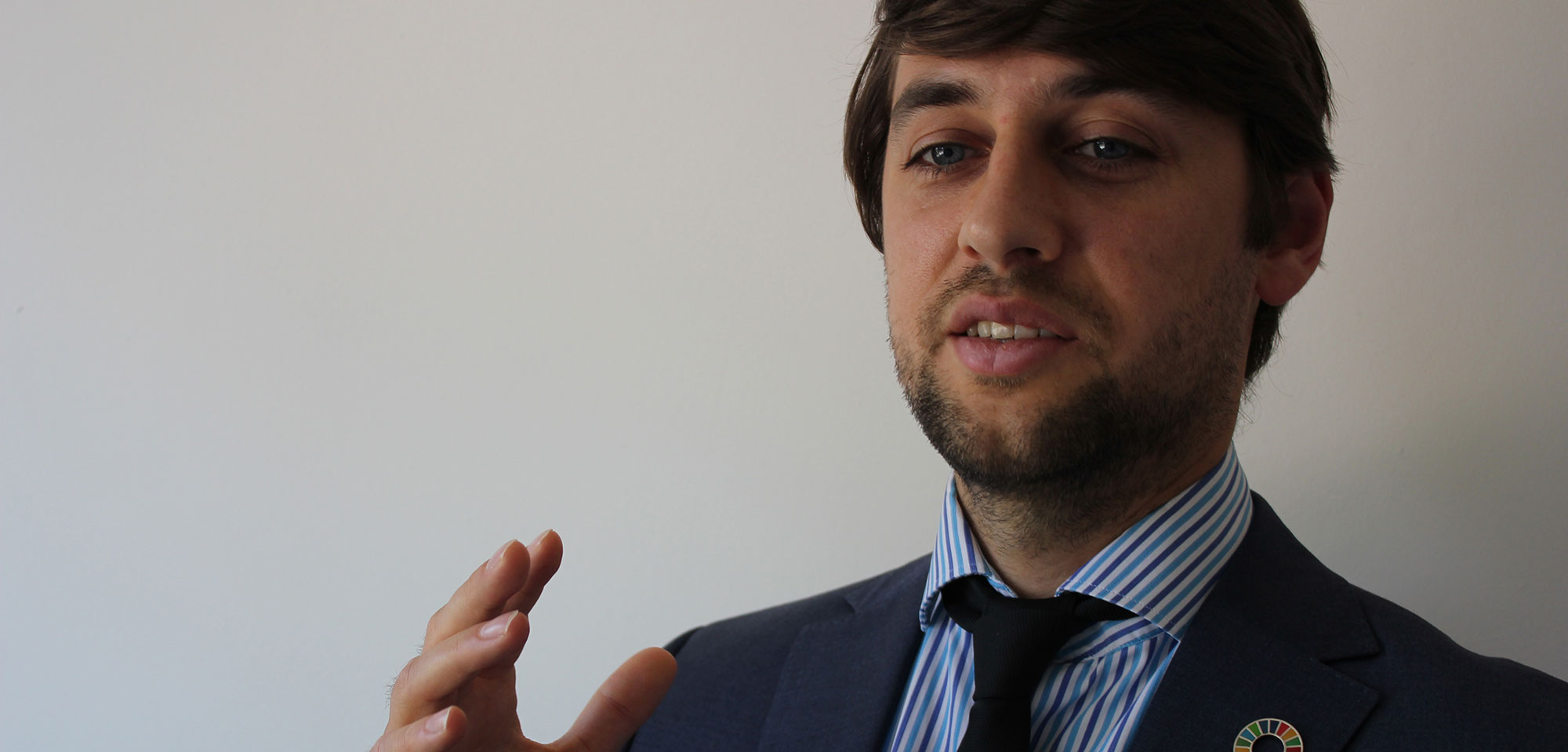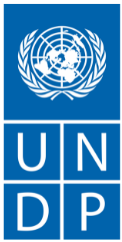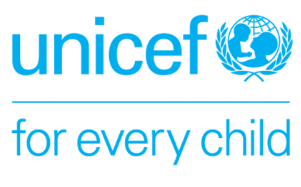The INFF team is conducting a series of interviews with internationalexperts, government officials and other stakeholders who are involved insetting up INFFs. The purpose of these interviews is to improve understandingon how INFFs work when implemented at the country level.
Tim Strawson is a Sustainable Development Goal (SDG) Finance Specialistwith the United Nations Development Programme and has contributed to theelaboration of the development finance assessment (DFA) methodology and DFAimplementation in several countries in Asia-Pacific and Africa. He also led twoINFF inception missions in Kyrgyzstan jointly with the author of this interviewand in Indonesia.
Antonio Ca’ Zorzi (ACZ). Hello Tim, good talking toyou again. Could you please give us an overview of the origin of the DFA, itsobjectives, structure and main success factors?
Tim Strawson (TS). Sure Antonio, thank you.The DFAs were effectively developed around and following the UN [UnitedNations] meeting on financing for development which was held in Addis Ababa in2015. They take stock from previous experiences deployed to achieve theMillennium Development Goals to help governments establish a more comprehensiveapproach toward mobilising public and private resources behind nationalsustainable development objectives as expressed through national developmentplans and the SDGs.
DFAs are a tool to support governments in the inception phase of theprocess of operationalising an integrated national financing framework. Theyprovide a holistic picture across public and private finance and the policy andinstitutional landscape, and to engage with the private sector and otheractors. Slightly more than 40 DFAs have been carried out or are underway, initiallyin the Asia-Pacific region through the APFIN [previously Asia PacificDevelopment Effectiveness Facility AP-DEF] initiative, but now in every region,and with many more countries planning assessments over the next year.
DFAs help governments to think about strengthening the integration ofthe planning and financing functions of the government: creating a bridgebetween the aspirations of the country in respect to its national developmentplans and the Sustainable Development Goals, and the policy tools that it usesto mobilise its own resources and ensure the alignment of other resources withthe national development plans. The DFA also can be a framework in whichnational governments collaborate with other development partners, like the IMF(International Monetary Fund), the World Bank, bilateral donors or regionalmultilateral development banks.
There are three different stages in a typical DFA: a set-up phase, inwhich the institutional structures to oversee the DFA are put in place –ordinarily this will be the same cross-governmental body that will manage anINFF. Often it is housed in the body responsible for delivering the nationaldevelopment plan. The second phase concentrates on research and consultation,analysing what is already in place in relation to each of the INFF buildingblocks, what reforms are underway and what steps can be taken to furtherstrengthen governance of financing. It leads on to the third phase which iscentred around a series of financing dialogues that bring together a wide rangeof public and private actors to build consensus on the key challenges andopportunities across the financing landscape as a whole and agree on waysforward. These dialogues, under government leadership, are used to shape anINFF roadmap, which is the main outcome of the DFA process.
The two main success factors of a DFA are government ownership andbuilding effective dialogue among a wide constituency of actors. It is first ofall a tool for government to initiate an integrated approach to financing fordevelopment, so the prerequisite for it to become effective is the need forbuy-in from government. Within the government, specialised ministries like theministry of finance or the ministry of the economy will be at the forefront ofthe process –which also brings together the ministries responsible forgovernance over each part of public and private financing, as the policies theyare responsible for will become integral to the INFF once it isoperationalised.
The other added value of the DFA is that it brings together a wide rangeof stakeholders that are affected by financing policy decisions. The aim is touse the DFA process to build a broad constituency for reform, with consensusaround the key financing challenges and ways to build a more integrated,holistic approach moving forward. It aims to reinforce platforms forpublic-private dialogue within the INFF.
At its core, the DFA is a multi-stakeholder dialogue through whichgovernments can engage a variety of actors: it is as much a process as it is atechnical assessment. In this respect, the technical analysis of the DFA shouldbe done in a way that it is accessible to other stakeholders and facilitate thediscussion.
ACZ. Thank you Tim. Now, the concept of INFFs has become a reality: after a landmark textpublished by the Inter-Agency Task Force on Financing for Development in itsannual Financing for SustainableDevelopment report, a group of 16 countries have come forward and agreedat the UN General Meeting in 2019 to pioneer implementation of the INFFs. Forcountries that are engaging in the INFF process or are planning to do so, itwould be great to better understand the difference between a DFA and an INFFand how eventually they can be complementary.
TS. Great question, Antonio, it is a good opportunity to discuss thistopic. In a nutshell, we see the INFF as a governance concept and the DFA as ananalytical tool that can help governments to adopt and adapt this concept totheir context. The INFF will help governments move towards an integratedapproach for governance of financing that mobilises public and privateresources to achieve the national development plans. The DFA is a process thatlooks at what exists, what reforms are underway and what can be done tostrengthen the building blocks of an INFF – the existing data and analysis onfinancing the SDGs, a financing strategy, monitoring and review structures, andgovernance and coordination systems. It facilitates a process of dialogue thatlooks across these issues to help the government and partners to identify andshape priorities for building this more integrated approach to financing. Assuch, they are very complementary: a DFA may be carried out as part of theinception phase articulating a roadmap to take forward the operationalisationof an INFF.
An updated version of the methodology for undertaking DFAs is being madeavailable now. It takes into account the lessons learned from past experiencesand country demand. Importantly, the methodology also makes adjustments toensure that the DFA considers the impact of the COVID-19 pandemic on thefinancing landscape and needs, as countries are starting to look towardsbuilding back better.
ACZ. Very interesting! You just mentioned the COVID-19 pandemic, which hasdisrupted government-led initiatives in several areas and will have a profoundimpact not only on human health, but also on our economies and society ingeneral. What could be the role of INFFs in this challenging context?
TS. The COVID-19 pandemic has amplified the need for the kind of holistic,integrated approach to financing that the INFF and DFA embody. Governmentsaround the world are looking to mobilise resources to face the health, economicand social emergencies linked to COVID-19. The pandemic has a profound impacton almost every part of the financing landscape: tax revenues will dramaticallyfall in the near future in many countries; conversely, public debt will growexponentially, with many countries nearing debt distress. The private sector issuffering severely from the economic downturn, leading to layoffs, businessfailures and large reductions in investment; and international capital isretreating from many markets. There has been a deep shift across all theseareas – and, as we move towards new development and recovery plans, countrieswill need to implement an integrated approach that responds to these financingshifts to reinvigorate the development path and build back better.
ACZ. As you mentioned before, the United Nations Development Programme hasworked with others to develop a new version of the DFA methodology. How willthis new version enhance the DFA process?
TS. At the country level, future DFAs will, of course, consider closely theissues which have become more prominent with the pandemic. In this respect, theteam has adapted the assessment so that governments can track the immediateimpacts of the pandemic on financing and consider appropriate short- tomedium-term measures. DFAs will increasingly use future-looking scenarios tohelp government assess potential future trajectories in financing and the rangeof policy options in the short and medium term.
The updated methodology will tie more closely to the guidance on INFFsthat is being developed through the Inter-Agency Task Force on Financing forDevelopment. And it offers expanded guidance on a number of financing policyareas for which there is high demand from the country level – for example,public debt management and building an integrated approach to public policy forprivate finance.
I would also point out that, due to the strong and unprecedentedpressure on finance, there may be new willingness to tackle certain deep-rootedfinancing issues in fiscal policy or private finance that were too tough tosolve, or for which the political drivers were not present. The new DFAs andINFFs will also be important to help focus – or refocus –support fromdevelopment partners, including bilateral cooperation and from other internationalpublic and private financing sources.
ACZ. Thank you for your insight, Tim! We are aware that the coming monthswill be very busy with a host of new INFF and DFA processes about to beinitiated, also with the support from the SDG Joint Fund, which launched aspecific call earlier this year. We look forward to talking to you again asthings go forward.
TS. Thanks, Antonio, always a pleasure!

















